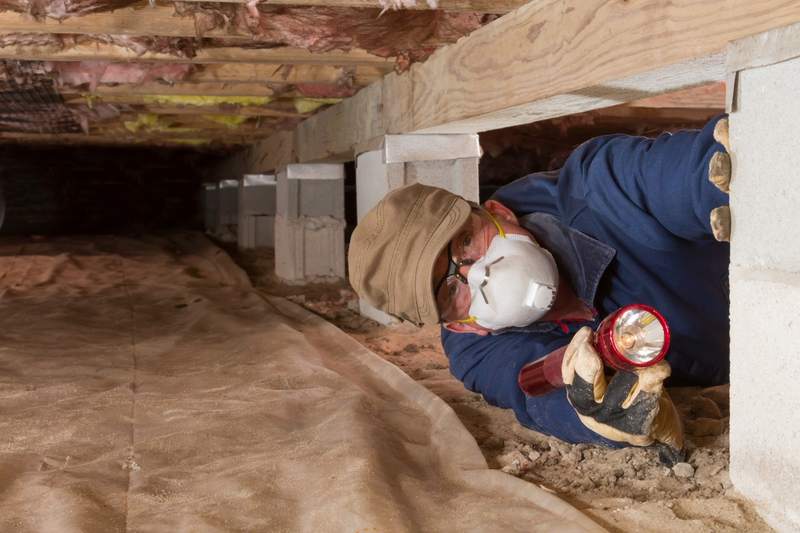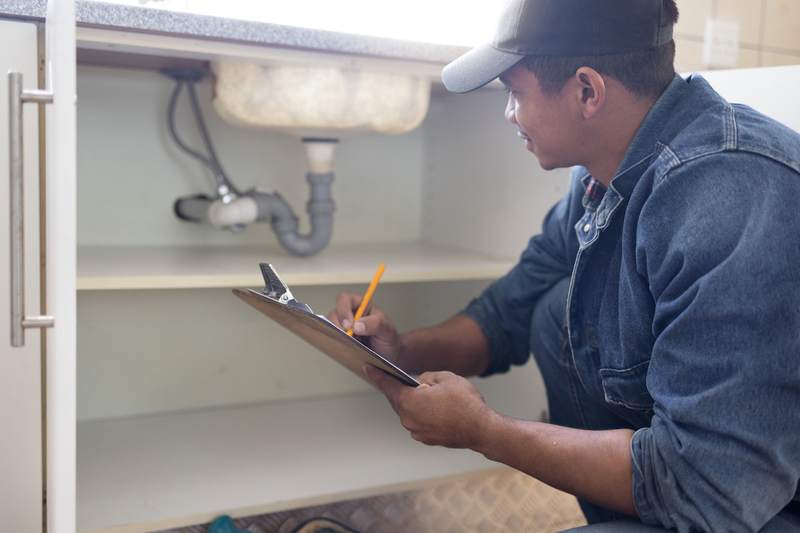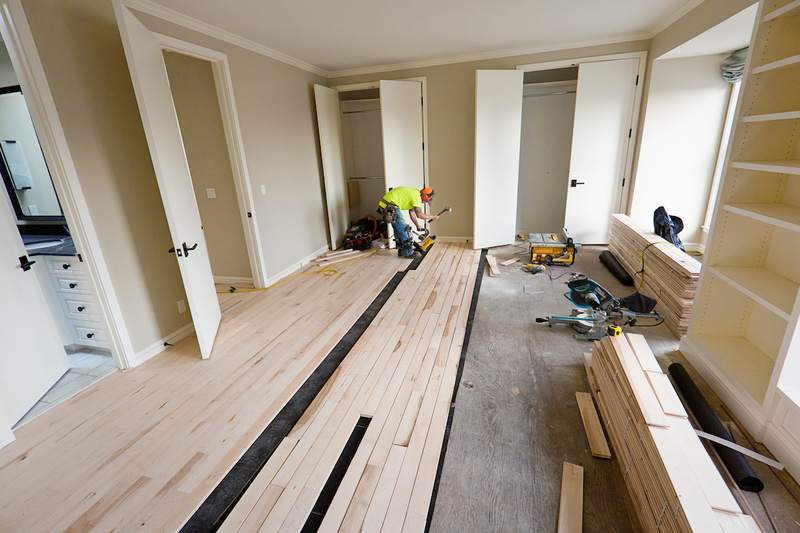
If you’re a first-time buyer, you might be unsure how much to offer on a home you really like. While the seller’s listing price is an obvious place to start, there are different factors that go into deciding how much to offer on a home.
Understand the Market
Before you can decide how much to offer, you’ll need to get a handle on the real estate market. Market conditions go in cycles — sometimes buyers have an advantage, and sometimes sellers have the upper hand.
“Market conditions significantly influence the offer you make on a home,” says Kevin Garcia, a real estate broker at WLM Financial in Los Angeles. “During the pandemic, homes were often selling far above the asking price. Sellers were seeking the highest possible offers, requiring buyers to put forth their maximum bid from the start due to the market’s nature. Fast forward to today’s market, homes are selling for less than their asking price. The market has started to shift towards a buyer’s market. As a result, initial offers are typically made below the asking price, opening the door to negotiate a fair home price.”
If it’s a buyer’s market, you have a better shot at getting a good deal on a home. A seller’s market means you might have to pay more to beat out the competition and make a successful bid.
“The type of market you’re in can dictate the room for negotiation,” Garcia says. “In a seller’s market, where the demand from buyers exceeds the number of homes for sale, there’s limited room for negotiation. You may find yourself competing with other potential buyers who are willing to offer more; making low offers might not be entertained by sellers. In a buyer’s market, where there are more homes for sale than buyers, there’s substantial room for negotiation. This allows buyers to get creative with their negotiations. For example, they can request a credit from the seller towards their closing costs or negotiate a credit to buy down their interest rate.”
Research the Property
Next, it’s time to research the property, the seller’s asking price, and how long the home has been on the market. If it’s been on the market for a while, that could indicate there hasn’t been much demand and the seller is eager to find a buyer. This can give you the upper hand and allow you to make an offer that’s below the asking price.
You also will want to research the sales of comparable homes in the area to determine what would make a fair offer.
“Determining a dollar amount of your offer involves reviewing comparable nearby sales, considering factors such as the property’s condition, bedroom/bathroom count, and any additional features that align these properties with the one you intend to purchase,” Garcia says. “If nearby homes have sold for less than the home you’re interested in, it would be wise to make a lower-priced offer to begin with.”
Know Your Budget
Above all else, you need to understand how much house you can afford to avoid taking on more than you can handle. Some say you typically can afford a mortgage that’s two to three times your annual income. That suggests if you make $80,000 a year, then you likely can afford a mortgage that’s between $160,000 and $240,000.
To get a more accurate idea of what you can afford, use a mortgage calculator that shows you what your monthly payments would look like based on your total mortgage amount, loan type, and interest rate. The larger the down payment you make, the lower your monthly payment will be.
What’s a Reasonable Offer?
If you’re planning to make an offer that’s less than the listing price, then you may be wondering, What’s a reasonable offer for this house? Market conditions and the house itself will affect what’s considered reasonable, but as a rule of thumb, you shouldn’t offer 25% below the asking price or less.
Reasonable vs. Unreasonable Offers
| Listing Price | 5% Below (Reasonable) | 10% Below (Reasonable) | 15% Below (Reasonable) | 20% Below (Reasonable) | 25% Below (Unreasonable) | 30% Below (Unreasonable) |
| $600,000 | $570,000 | $540,000 | $510,000 | $480,000 | $450,000 | $420,000 |
| $550,000 | $522,500 | $495,000 | $467,500 | $440,000 | $412,500 | $385,000 |
| $500,000 | $475,000 | $450,000 | $425,000 | $400,000 | $375,000 | $350,000 |
| $450,000 | $427,500 | $405,000 | $382,500 | $360,000 | $337,500 | $315,000 |
| $400,000 | $380,000 | $360,000 | $340,000 | $320,000 | $300,000 | $280,000 |
“A reasonable offer on a home is one that isn’t significantly below the asking price and can be justified by the property’s condition and comparable sales,” Garcia says.
How To Decide On an Offer Amount
Now that you’ve done your research and taken stock of what you can afford, it’s time to decide on an offer amount. Consider the market, the home itself, the sales prices of nearby homes, and your own interest in the property.
“A key factor I always like to tell my clients: It’s always easier to go up in price than to go down,” Garcia says. “So, start with a lower price offer with the intentions of moving up, if necessary.”
When to offer more than asking
There are some scenarios where you may decide to make an offer that’s higher than the listing price to help close a deal. Here are some instances where a higher offer may make sense:
- You’re facing competition from other buyers.
- Comparable homes have sold above the listing price.
- You can afford to pay more to get your offer accepted.
- You have your heart set on this home.
Just be sure you aren’t biting off more than you can chew by making an offer that exceeds your budget.
You also want to make sure that your offer won’t exceed the appraised value of the home, unless you’re prepared to cover the difference out of pocket. That’s because a mortgage lender will only lend you an amount up to the appraised value.
You should consult with your real estate agent when deciding if a higher offer is the right move for you.
When to offer less than asking
There are cases where you may be able to snag the home for less than the asking price. Here are some scenarios where a seller may accept a lower offer:
- There hasn’t been much interest in the property.
- The home has been on the market for a long time.
- The home is a fixer-upper and needs repairs.
- The seller is eager to find a buyer.
For example, a seller in a rush to close on a new home may be more willing to accept a lower offer on their own home to get the deal done faster.
So, how low can you go? Here are some scenarios where it can be reasonable to make a lower offer:
- Less than 10% below asking price. The home needs some repairs but is in overall decent shape. It can help to provide quotes for the repair costs to justify your offer to the seller.
- 10% to 20% below asking price. The home needs major renovations that will cost more to complete. A substantially lower offer can be easier to justify if there are problems with the roof or flooring, as these can be expensive fixes.
- 20% below asking price. The home is in rough shape and will need more major repairs. For example, if the plumbing or electrical systems need to be reworked or there’s evidence of extensive water damage, the seller may accept your offer. It also helps if the home has been sitting on the market for a while.
Anything less than 20% below the asking price would be an unreasonable offer.
When to offer the asking price
Sometimes, it’s best to just stick with the listing price. Here are some instances where it makes sense not to deviate from the listing price:
- Comparable homes in the area have sold recently for a similar amount.
- You’re facing competition from other interested buyers.
- The asking price fits your budget.
Finalizing Your Offer
If you’re facing competition, then there are additional moves you can make to help your offer stand out.
First, you can offer a larger earnest money deposit. Earnest money is applied to your down payment or closing costs, so offering a larger deposit won’t cost you more in the long run.
If you can’t increase your offer price, you can sweeten your offer by waiving contingencies. For example, if you’re positive that you can get financing, you might waive the mortgage contingency and show that you’re serious about making the deal work. Just be careful not to waive the home inspection contingency in case there are serious safety or structural problems with the home.
Another way to make your offer stand out is to buy the home with cash — though most people aren’t in a position to do so. Still, in a competitive market, sellers typically prefer all-cash offers.
FAQ
Here are answers to some frequently asked questions about making an offer on a house.
More From itsHome:
- Understanding the Housing Market: A Beginners Guide
- How Much Can You Negotiate the Price of a Home?
- Negotiating Home Prices: Tips and How To Prepare
- How To Make an Offer on a House
- Winning Ways To Make Your Offer Stand Out
- How To Respond To a Real Estate Counteroffer
- Can You Make an Offer on a Home That’s Under Contract?











